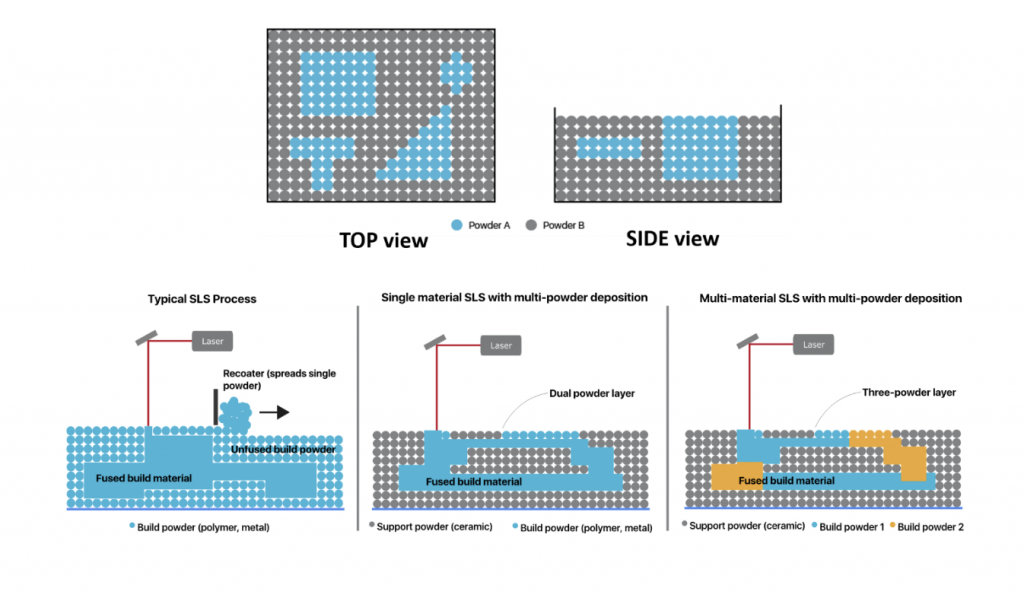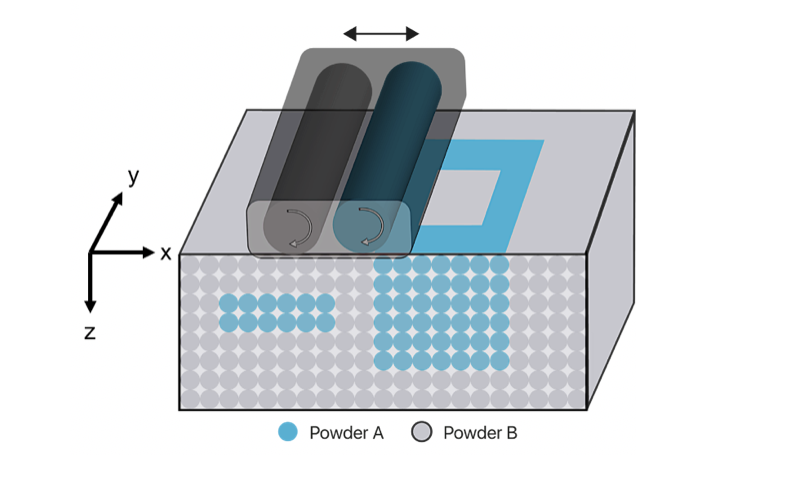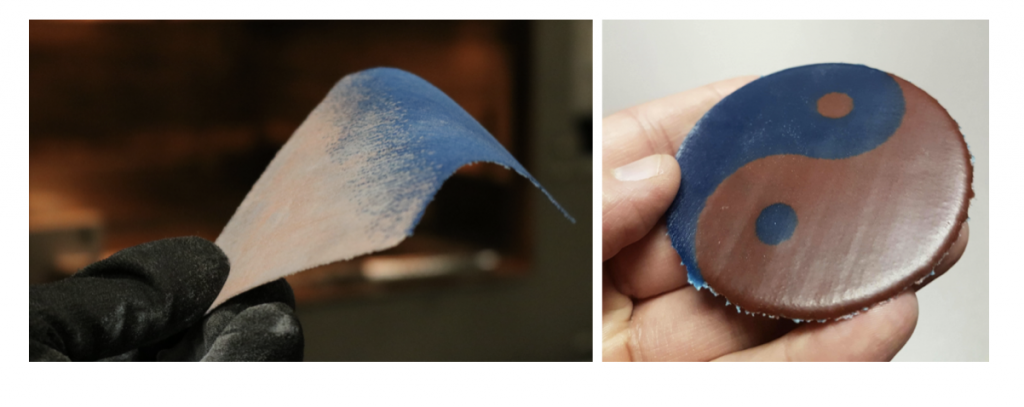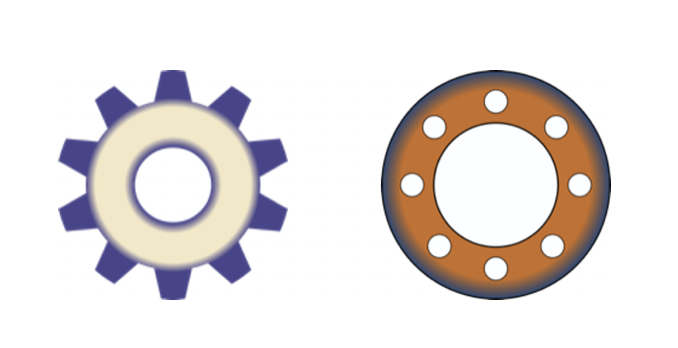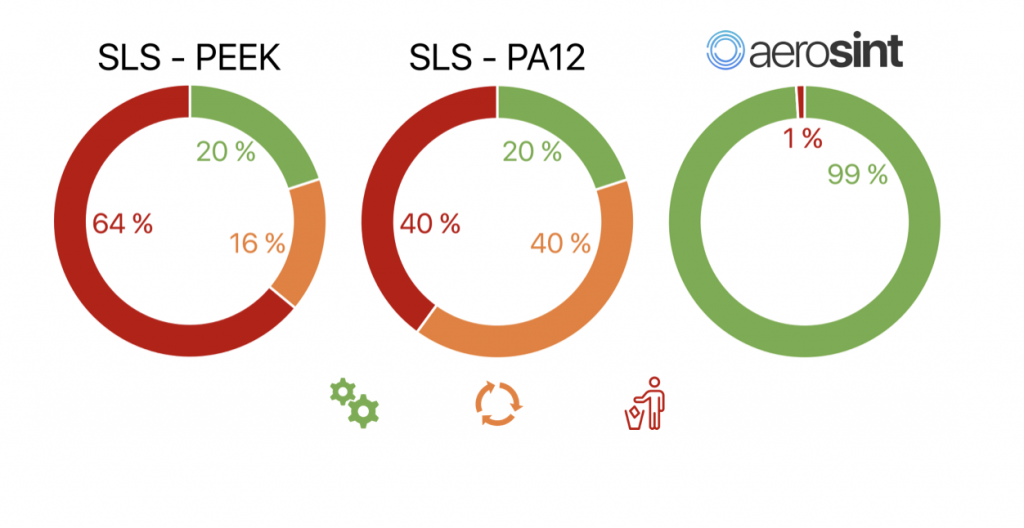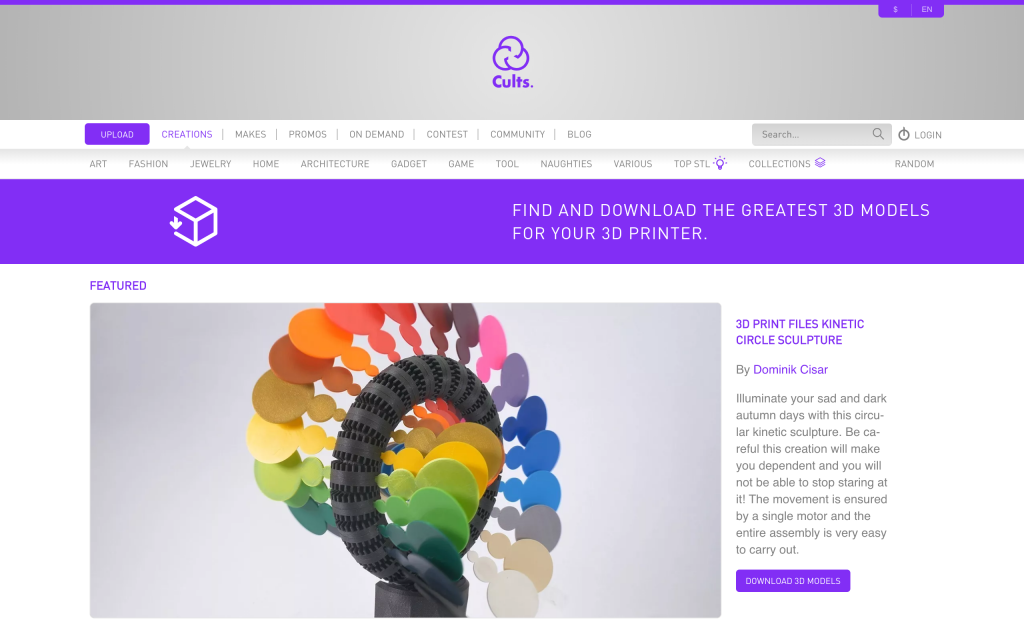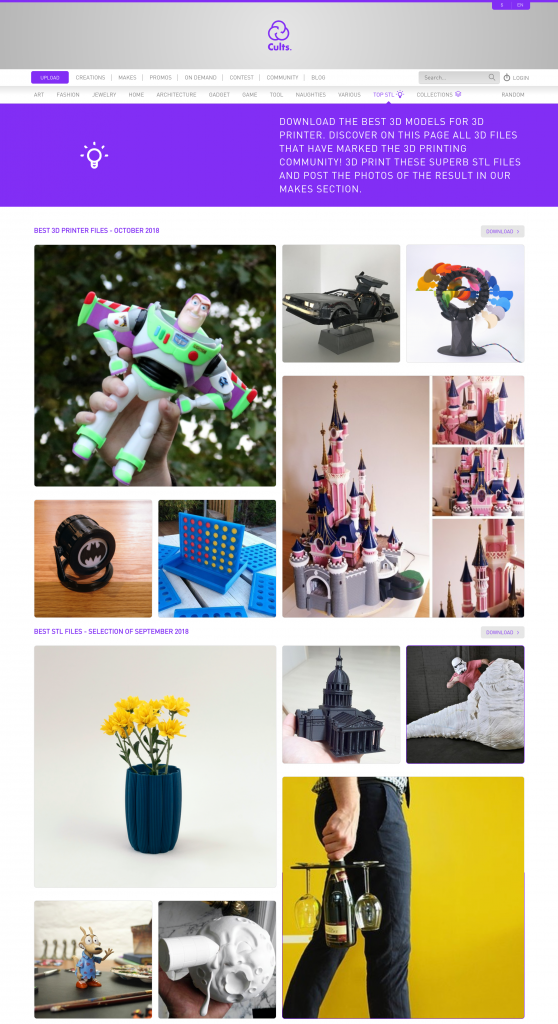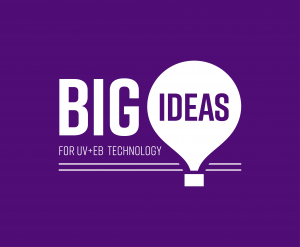
The Radtech BIG IDEAS for UV+EB Technology conference takes place on Tuesday, March 19th and Wednesday, March 20th in Redondo Beach California. The BIG IDEAS for UV+EB Technology is the place to learn about advances in photopolymer material development for 3D printing and Additive Manufacturing.
By being specialized and focused on UV curable materials, this two-day conference is the one place in the world to find out what is happening in UV curable 3D printing technologies. This is the most efficient way for you to in one to be up to speed with the current state of UV curing in 3D Printing. All of the critical leaps in photopolymer technology from new materials to new industrializations of products and new applications will be discussed here. You can learn from companies such as Ford, Carbon, Formlabs, Fast Radius, Origin, Sartomer, Allnex, NIST, and more. At the conference, you can also learn directly from exhibitors, other attendees, and of course the speakers. The technologies Inkjet, stereolithography, DLP as well as emerging technologies will be covered.

Some speakers will include Darryl Boyd, of the US Naval Research Lab who will talk about “Photopolymerization of Thiolyne Polymers for Use in Additive Manufacturing.” While Ali Khademhosseini of UCLA will discuss “Light-Enabled Materials for Regenerative Engineering.” Ellen Lee, of Ford, will talk about, “Driving Additive Manufacturing Towards Production of End-Use Parts.” You can have a look at the complete program here.
Dr. Mike Idacavage is the Session Chair for Additive Manufacturing at the conference. We reached out to him to find out what is happening in the UV curables for 3D printing space.
Who are you looking to reach?
“We are looking to reach anyone within the entire photopolymer supply chain that is looking for a big idea in materials and processing to transition their SLA, DLP, and inkjet 3D printing from prototyping to production parts. We want the chemistry suppliers, material developers, equipment builders, and users of 3D printing and additive manufacturing to work together to build a stronger photopolymer supply chain and this is done through sharing big ideas.”
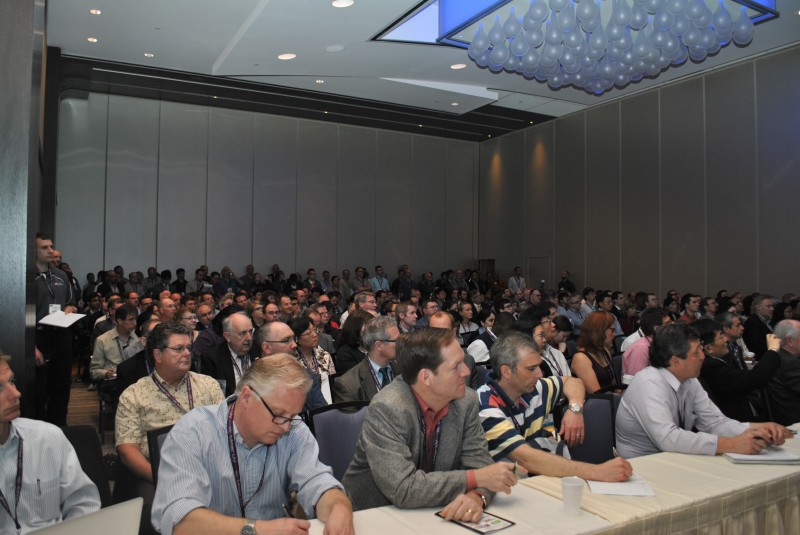
Is there anything unique or special about the conference?
“While many other 3D printing and additive manufacturing conferences focus on all the different printing processes, we focus only on photopolymer materials, and we bring together the experts and industry leaders to discuss big ideas. It is this deep dive into the science and applications of photopolymer 3D Printing/Additive Manufacturing that makes the BIG Ideas conference unique when compared to just about any (all?) other conferences in this field.”
What makes photopolymers exciting right now?
“Like most areas of chemistry, research on expanding the boundaries of what photopolymers can achieve has been steadily moving forward. However, what has accelerated the rate of development in photopolymers has been the demands of a wide range of industrial applications. Due to the tremendous pull of new applications, including Additive Manufacturing, Raw Material supply companies have focused on pushing the performance of photopolymers to meet the needs of the end user.”
What are the advantages of printing with photopolymers?
“Several advantages differentiate the use of photopolymers as a base material in 3D Printing from other methods. One f the most significant is that objects printed using photopolymers are typically stronger in the Z directions. During 3D printing using photopolymers, a chemical reaction takes place in the confined area where the UV energy interacts with the UV curable raw materials. The increased strength results from chemical bonding that takes place between the printed layers. As most objects printed by Additive Manufacturing require strength that is at least comparable to objects made by traditional methods such as injection molding, the increased strength in the Z direction is important. Another advantage in the use of photopolymers is the increase in resolution that results from focusing a very narrow region of UV energy in a liquid resin formulation to start the formation of a solid photopolymer. This gives a higher level of layer resolution than other more common forms of Additive Manufacturing such as FDM or SLS. There have been published reports of resolution in the nanometer scale using photopolymers in academic labs. While this is not yet practical in industry, it does indicate the potential for photopolymers. A third advantage is a result of the higher resolution. When properly tuned with the printer, an almost smooth surface can result which minimizes or eliminates any need for surface finishing of the printed object.”
What are some exciting developments in photopolymers?
“In my opinion, the two most exciting areas of photopolymer development work are improvements to the raw materials used in the resin formulations and work being done in formulation labs to creatively combine different chemistries to achieve performance not yet obtainable from a single class of UV reactive materials.”
Are materials improving?
“Yes! Most raw material manufacturers are investing research time in the development of new materials that extend the performance of the fully cured photopolymer. An example of this is the current work being done by different companies to produce a liquid UV curable material that is both tough and flexible after cure. This target is extremely challenging, but results are being reported at conferences such as Big Ideas that clearly show that the cured performance properties are being expanded to the levels required by end-use.”
What kind of new manufacturing applications do you see emerging in 3D printing photopolymers?
“The majority of the current efforts in photopolymer Additive Manufacturing are focused on targeting industrial applications where individual/single or short manufacturing runs are needed. In addition, the performance of the object in the application requires properties currently obtained by bulk polymers using traditional manufacturing methods such as injection molding. Examples of the marriage between individual production of an object that must perform in the field and customization would be in the automotive industry in the custom replacement of hard to get parts, the shipping industry in preventing idle time of trains/ships by quickly making a replacement part and the electronics industry in the custom manufacture of earphones.”
Would you like to learn more? See all of the exhibitors, scheduled talks and pricing information on the Radtech BIG IDEAS for UV+EB Technology Conference here.

